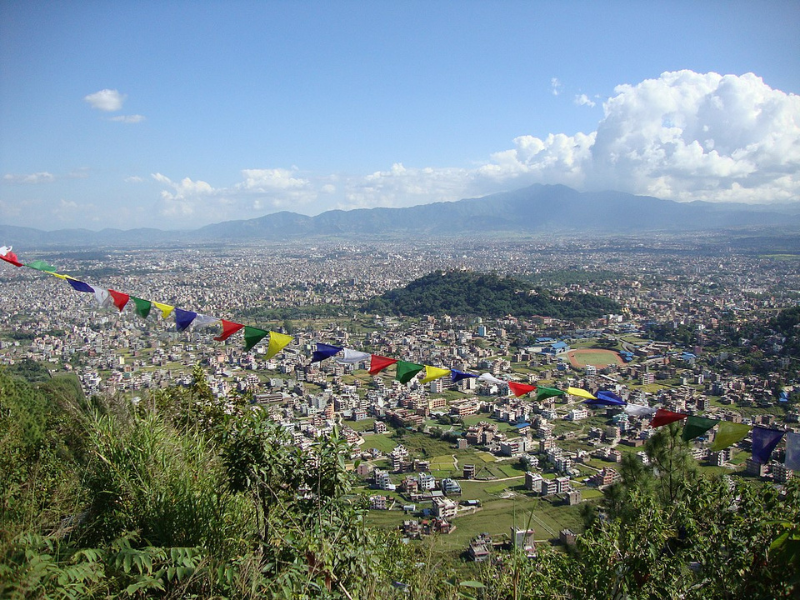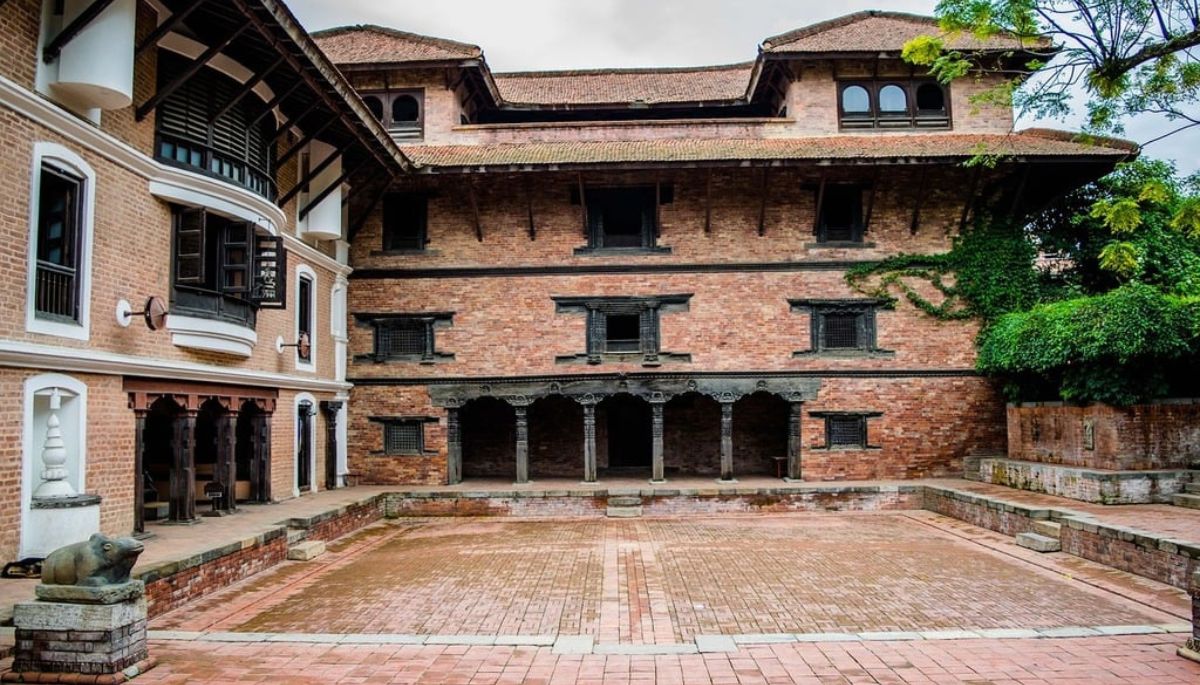Kathmandu, the capital of Nepal, is a vibrant and magical place where ancient traditions coexist with modern-day adventures. Being the gateway to the Himalayas, the city is not just a transit point for trekkers heading toward Everest or Annapurna. It is a place worthy of exploration in itself. From World Heritage Sites and sacred temples to bustling markets and adrenaline-filled outdoor activities, Kathmandu caters to all types of tourists. We explore here why Kathmandu should be a must for anyone wishing to blend culture and adventure into one soul-stirring journey.
History and Spirituality in the City
Kathmandu is often referred to as a living museum. With over 130 monuments in the Kathmandu Valley alone and seven UNESCO World Heritage Sites within, one will certainly not have a chance to get bored. Durbar Square, at the center of the city, is a historical complex that showcases traditional Newari architecture, and even more importantly, it was the seat of the Malla kings.
Ascending the stairs to Swayambhunath, also known as the Monkey Temple, offers panoramic views of the valley and provides insights into Buddhist philosophy. Boudhanath Stupa, one of the largest spherical stupas in the world from the Tibetan Buddhist point of view, becomes a center of spiritual devotion. On the other hand, the Pashupatinath Temple is a very sacred Hindu shrine by the Bagmati River, offering some very soul-stirring experiences into life’s death and rebirth.

Strolling Markets and Savory Flavors
Kathmandu’s lanes and bazaars engage the senses. Thamel, the city’s most celebrated tourist hub, is a buzzing neighborhood thronged with souvenir shops, trekking gear stores, cafés, and music venues. Here, one could bargain for handicrafts, singing bowls, and pashminas, all while sipping on masala chai.
For a more local atmosphere, one must explore Asan Bazaar, one of the oldest markets in Kathmandu. It is a place where locals trade in everything from spices to vegetables and incense to jewelry. The sights, sounds, and smells of Asan lure you into an experience of everyday life in the city.
Newa food, characterized by robust flavors and extraordinary ingredients, must be eaten while in Kathmandu: chatamari (rice flour crepes), bara (lentil patties), and yomari (steamed rice-flour dumplings with sweet fillings).
Adventure Starts Right Now
Kathmandu is not just the center of culture; it is also the heartland of so many adventures. Whether trekking, mountain biking, or paragliding, you have it all here in Kathmandu.
Short Treks Around Kathmandu
If you’re short on time, various day hikes and short-length treks start right from the valley. On the Nagarkot hike, watch an amazing sunrise over the Himalayas; enjoy a peaceful retreat through forests and hilltop monasteries on the Shivapuri trek.
Mountain Biking and Rock Climbing
Mountain biking is getting hugely popular here. Trails take you winding through terraced farms, ancient temples, and small villages. So it is kind of a unique active way of exploring the valley. There is also natural rock climbing at places like Hattiban and Nagarjun Forest, suitable for pros and beginners alike.
A Hub for Bucket-List Experiences
If you want to conquer the Himalayas, Kathmandu is where it all starts. Treks to Everest Base Camp, Annapurna Circuit, or Langtang Valley are arranged here. Adventure companies from the city will set it up for you for bungee jumping in Bhote Koshi or white-water rafting in the Trishuli River.
Art, Architecture, and the Living Goddess
Kathmandu’s spiritual and artistic heritage is another beauty for which one should pay homage. Traditional Newari architecture here has elaborately carved wooden windows, brick facades, and tiered pagodas. Many of these beauties are in full bloom in Patan and Bhaktapur, two sister cities located within the valley.
A very rare tradition, practiced only in Kathmandu, is the worship of Kumari, a living goddess, who is believed to be the reincarnation of female energy in its powerful form. You can witness and see her during public appearances at Kumari Ghar (House of the Living Goddess) in Durbar Square.
When to Visit Kathmandu
The best times to visit Kathmandu are in spring (March to May) and autumn (September to November). For those months, pleasant weather prevails, with clear skies and lovely mountain views. Festivities such as Holi, Dashain, and Tihar usually fall around this time, making your trip a lot more culturally vibrant.

Practical Tips for Your Trip
- Currency: Nepalese Rupee (NPR)
- Getting Around: Taxi services and ride-hailing app services exist, but walking around the old town streets is the best way to go about it.
- Entry Requirements: Most nationalities can get a visa on arrival at the Tribhuvan International Airport.
- Altitude Awareness: While Kathmandu is placed at a moderate-height altitude (1,400 m), those heading to further altitudes should take the appropriate acclimatization procedure.
Conclusion
Kathmandu is far more than just a stopover on the way to the Himalayas. It stands proudly as a destination in its own right. Whether you’re hiking around centuries-old temples, sampling eclectic local meals, or preparing for epic Himalayan adventures, the city offers a rich and revitalizing blend of culture and excitement that feels like a generous dose of travel-inspired Ayurveda. So pack your bags, open your heart, and get ready to experience Kathmandu, where tradition meets adventure.
Read More: Gokyo Lake Trek: Traffic-Free Trails and Epic Views


0 Comment